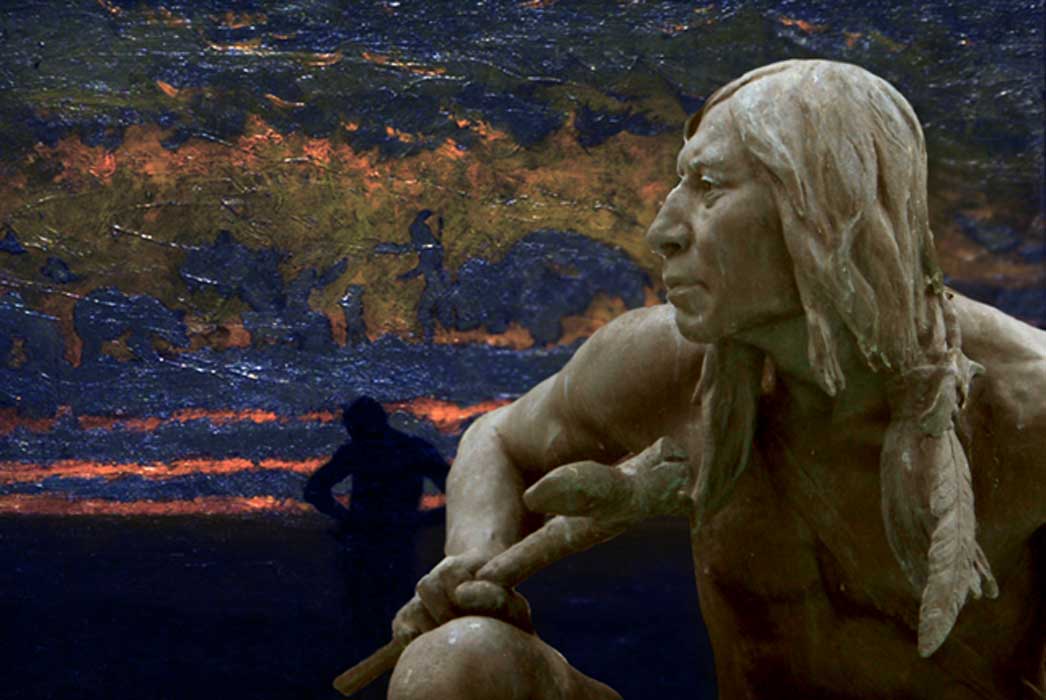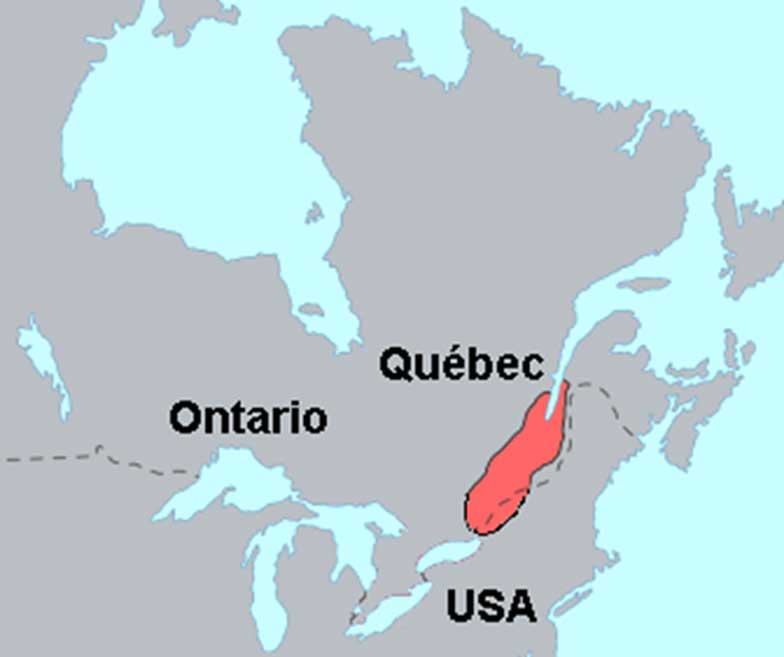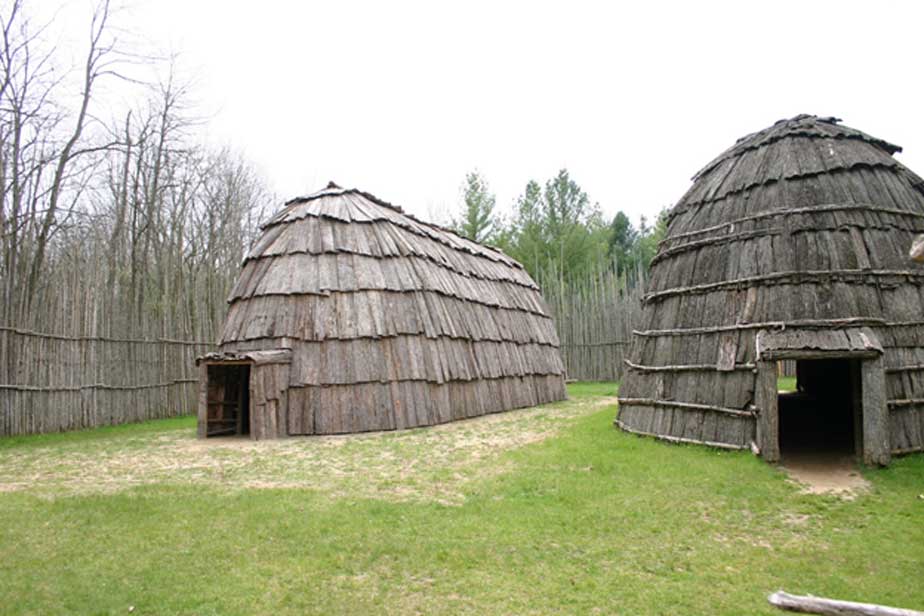
Thunder god and Skywoman – Myth and History of the Iroquois: Exploring a First Nations Tradition
Every year, western scholars look with wonder to the ancient mythologies, ruins, and histories of such places as Egypt, Greece, and the Near East. Due to the considerable efforts of professional and amateur researchers alike, we are flooded with an endless river of books, articles, documentaries and other media concerning the famous and extravagant cultures of the Old World. While American archaeologists and ethno-historians have long been aware that equally rich and vibrant cultural manifestations exist among indigenous North American peoples, these traditions are much less publicized and remain little known to the general public. This article is a discussion of the fascinating contributions to world mythology and history made by an indigenous group who, at the time of European contact with the Americas, occupied a large area of eastern North America and southern Ontario, known collectively as the Iroquoian people.

Ki-On-Twog-Ky or Corn Plant, A Seneca Chief. Seneca are one of the five Iroquois tribes. (Public Domain)
The New World
In the 16th and 17th centuries, northern Iroquoian peoples inhabited a territory encompassing New York State, Pennsylvania, northern Maryland, southern Ontario, and southern Quebec. Southern Iroquoians inhabited portions of Virginia and North Carolina. It is believed that as many as 60,000 Iroquoians lived in Southern Ontario and the St. Lawrence Valley just prior to full European contact, part of a population of around 100,000 occupying the greater region of Southern Ontario, Quebec, New York State, and Pennsylvania. In south-central and southwestern Ontario, more prehistoric Iroquoian villages are known than settlements have been found for the Neolithic period in Britain. Regional Iroquoian Nations include the Mohawk, Oneida, Onondaga, Cayuga, Seneca, Wenro, Erie, Susquehannock, Huron, Petun, and others. The Algonquian People referred to the Iroquois as “Hirokoa”—or “Killer People”. Based upon this term, the French referred to these people as the Iroquois, a tendency that spread and persists to the present.

Territory occupied by the St. Lawrence Iroquoians/Haudenosaunee, circa 1535. (CC BY-SA 2.5)

Ska-Nah-Doht, established in 1973, depicts a typical Iroquois/Haudenosaunee settlement from 1,000 years ago, based on archaeological data and oral tradition. (Timothy Boscarino/CC BY 2.0)
Sky World Before the Dawn of Time
According to Iroquois tradition, the first people were a celestial race of immortal beings clothed with light, who knew no sorrow or death. These beings lived in a Sky World before the dawn of time. Eventually, one of the Sky People, a woman named Iotsitsisen (“Yo-ji-ji-sen”, meaning “Mature Flower”) fell mysteriously ill. Her father was instructed in a dream to take the young woman to a man named De-lun-ya-wa-gon, (“Holder of the Heavens”), who possessed the skills to end her illness. Indeed, De-lun-ya-wa-gon was able to heal Yo-ji-ji-sen. De-lun-ya-wa-gon also married the girl, and she became pregnant. In a truly Shakespearean twist of fate, De-lun-ya-wa-gon was then warned in a dream that his beloved would have to leave the Sky World since she had been ill, lest her presence jeopardize the endless existence of her people. Reluctantly, De-lun-ya-wa-gon opened a portal or doorway by lifting the roots of the Great Tree of Light, a type of Axis Mundi at the center of the Sky World. He placed his wife in the hole beneath the tree and gave her a ray of light to guide her way to another world beneath the Sky World.





